Sustainability Initiatives
Sustainability initiatives are increasingly becoming a focal point within the Football Apparel Market. Consumers are more aware of environmental issues and are seeking apparel made from sustainable materials. Brands that adopt eco-friendly practices, such as using recycled fabrics and reducing carbon footprints, are likely to attract a more conscientious consumer base. Recent surveys indicate that nearly 60% of consumers are willing to pay a premium for sustainable products. This shift towards sustainability not only enhances brand loyalty but also positions companies favorably in a competitive market. As the Football Apparel Market embraces these initiatives, it may witness a transformation in consumer preferences and purchasing behaviors.
Rising Popularity of Football
The increasing popularity of football across various demographics appears to be a primary driver for the Football Apparel Market. With millions of fans engaging in the sport, the demand for football apparel has surged. According to recent data, participation in football has grown by approximately 20% over the last five years, leading to a corresponding increase in apparel sales. This trend is particularly evident in youth leagues and amateur clubs, where parents are investing in quality gear for their children. As football continues to capture the hearts of fans worldwide, the Football Apparel Market is likely to experience sustained growth, driven by both casual wear and performance-oriented products.
Growth of E-commerce Platforms
The growth of e-commerce platforms has revolutionized the Football Apparel Market, providing consumers with unprecedented access to a wide range of products. Online sales of football apparel have surged, with estimates indicating a 30% increase in e-commerce transactions over the past year. This shift allows consumers to easily compare prices, read reviews, and access exclusive online collections. Additionally, the convenience of home delivery and the ability to shop at any time have made online shopping increasingly appealing. As e-commerce continues to expand, the Football Apparel Market is likely to see a significant transformation in how products are marketed and sold, potentially leading to increased sales and brand visibility.
Influence of Professional Leagues
The prominence of professional football leagues, such as the Premier League and La Liga, significantly influences consumer behavior in the Football Apparel Market. Merchandise sales from these leagues have shown a consistent upward trajectory, with reports indicating a 15% increase in licensed apparel sales over the past year. Fans are eager to purchase jerseys and other apparel to support their favorite teams, which in turn fuels the market. The visibility of professional players and their endorsements further enhances the appeal of branded apparel. As the Football Apparel Market continues to align with these leagues, it is poised for further expansion, driven by fan loyalty and engagement.
Technological Advancements in Apparel
Technological advancements in fabric and design are reshaping the Football Apparel Market. Innovations such as moisture-wicking materials, breathable fabrics, and enhanced durability are becoming standard features in football apparel. These advancements not only improve performance but also cater to the growing consumer demand for high-quality products. Market data suggests that apparel incorporating advanced technology has seen a sales increase of approximately 25% in recent years. As brands invest in research and development to create superior products, the Football Apparel Market is likely to benefit from a more informed and quality-conscious consumer base.


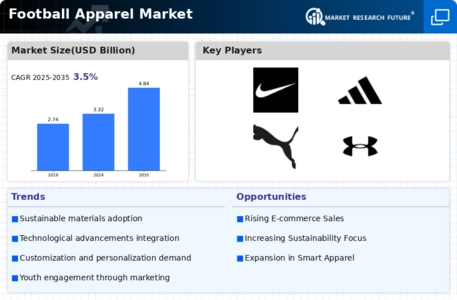
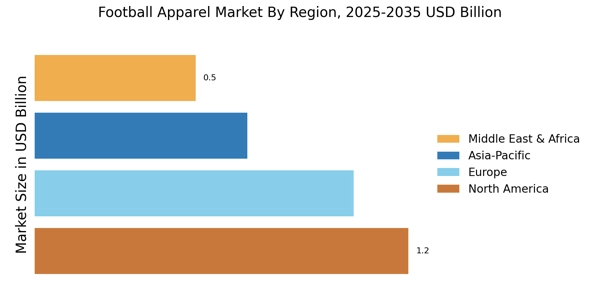


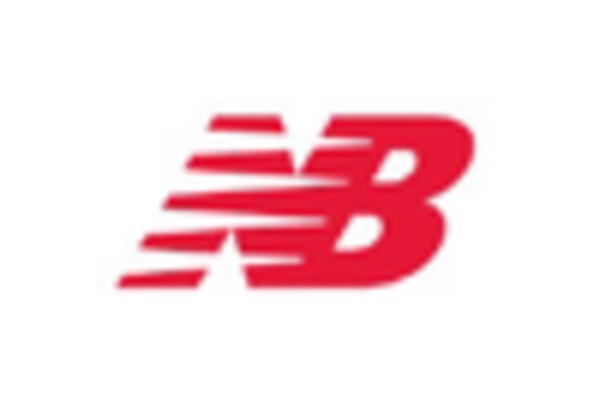
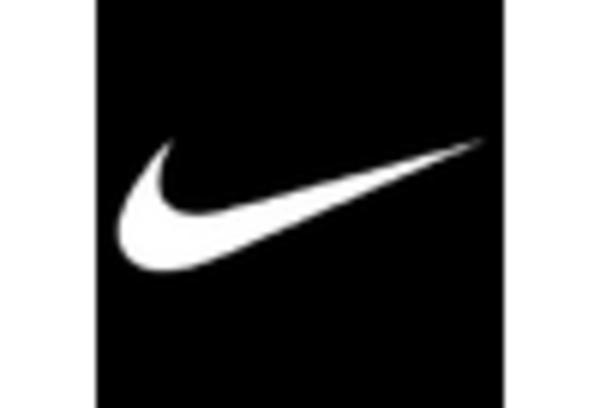

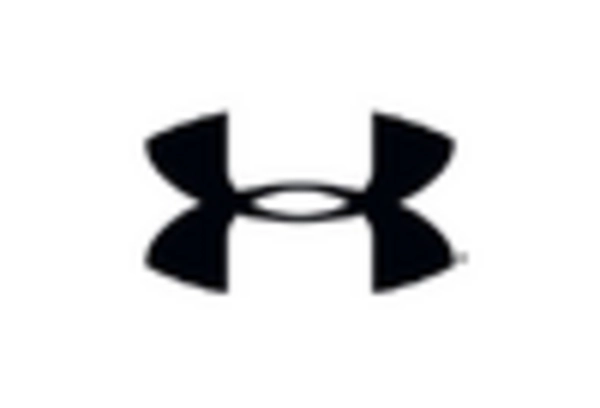








Leave a Comment